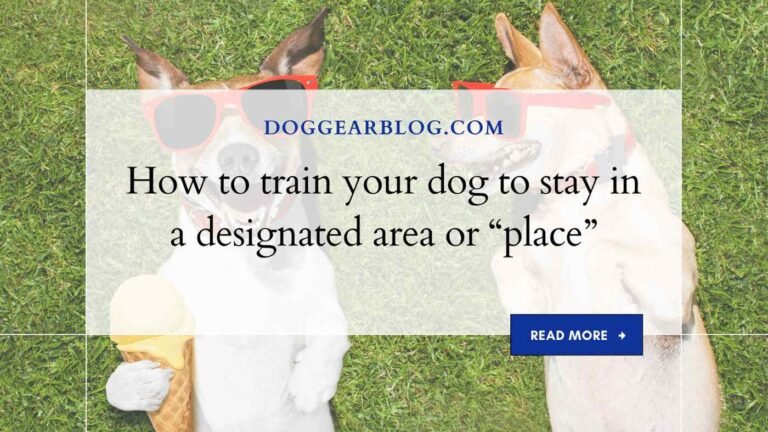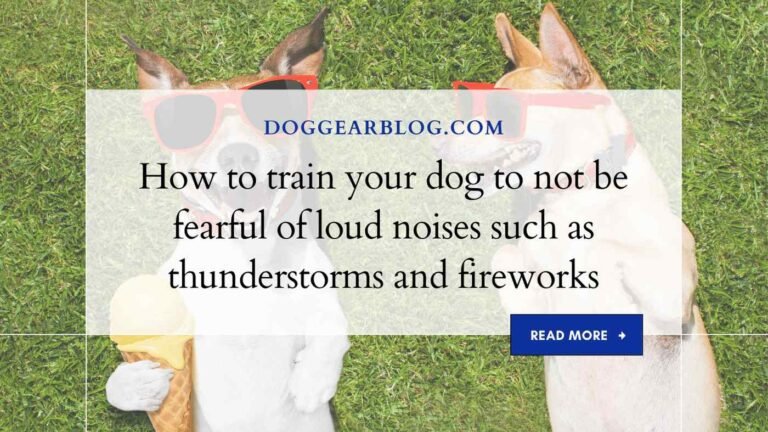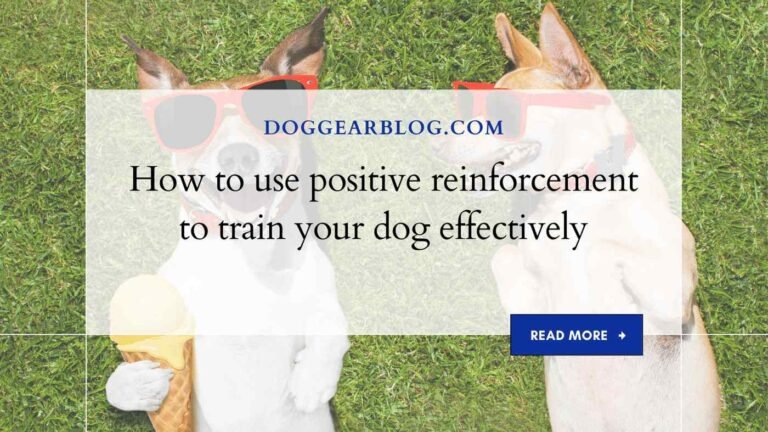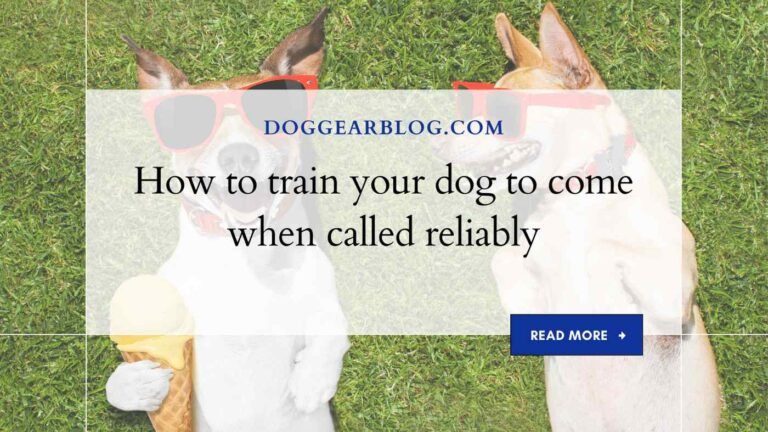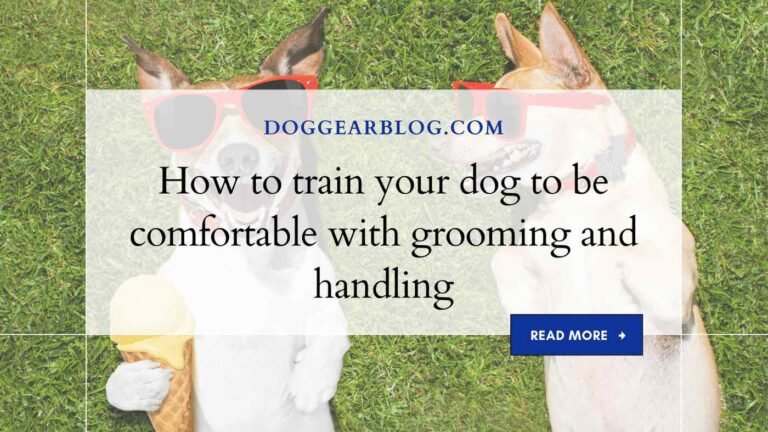How to train your dog to walk calmly on a leash
Are you tired of being dragged down the street by your overexcited pooch every time you take them for a walk? Do you dream of peacefully strolling with your furry friend by your side, without any pulling or barking? If yes, then this post is for you! Learning how to train your dog to walk calmly on a leash can be a game-changer for both you and your furry pal.
In this guide, we’ll share with you some effective tips and tricks that will help turn those hectic walks into enjoyable bonding experiences. So grab that leash (and some treats!), and let’s get started!
Introduction
If you’ve never tried training your dog to walk calmly on a leash before, it can seem like a daunting task. After all, how can you teach them to behave when they’re always in such a excited state? Well, there are a few things you can do to help make the process easier.
One important thing to remember is that patience is key when training your dog to walk calmly on a leash. Start off by gradually introducing new rules and behaviors over time, and be consistent with your instruction. Also, make sure to provide plenty of positive reinforcement when your dog correctly follows your directions. This will help them associate walking obediently on a leash with positive experiences, making the process much easier in the long run.
Overall, learning how to train your dog to walk calmly on a leash is an achievable goal if you put in the effort. With patience and lots of love, you’ll soon be able to enjoy peaceful walks together without any fuss!
What is leashing?

When it comes to training your dog to walk calmly on a leash, there are a few things you can do to help them get started. Start by attaching the leash to your dog’s collar and ensuring that the clasp is closed tight. You can then hold onto the other end of the leash and guide your dog in a comfortable manner while they learn how to walk calmly at your side. When you’re first starting out, keep the walking routine very short and simple, working on gradually lengthening the distances until your dog is tolerating being walked for longer periods of time. Once your dog gets the hang of following commands when walking on a leash, you can start incorporating more distractions into their training routine. Bringing along treats or favorite toys will help keep them entertained while you walk, which will help them stay calm and engaged.
Another great way to help your dog learn how to walk calmly on a leash is by using a “heel” command. When you give the command “heel,” your dog should stop and sit down, keeping their attention focused on you. When you’re ready to continue walking, tell your dog to “speak” or “action” and they should get back up on their hind legs and start following along again. This method is perfect if you want to teach your dog to walk in a specific direction, as they will have no choice but to follow your commands when walking heel-to-toe.
Lastly, always be sure to keep a close eye on your dog while they’re walking on a leash. If they start to get antsy or out of control, take them back to their crate or training area and address any issues head on. By following these simple tips, you can help your dog learn how to walk calmly on a leash and enjoy walks together!
Why do we need to train our dogs to walk calmly on a leash?
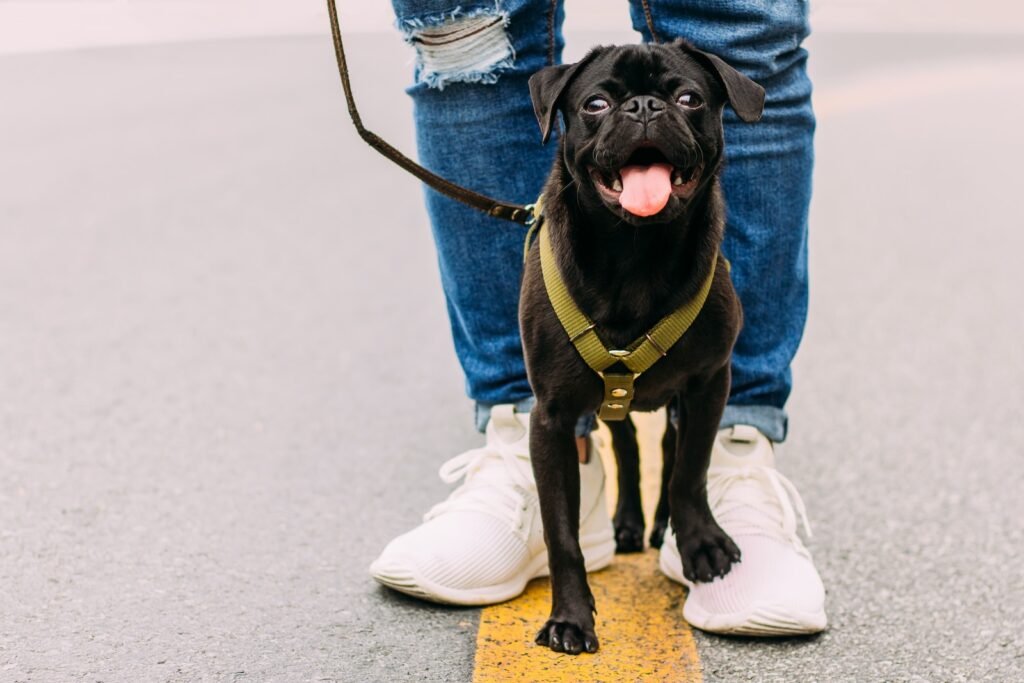
Dogs walk on leashes for a myriad of reasons, both practical and emotional. Some people use leashes to keep their dog from running away; others use them as a social cue to let their dog know when they are under the owner’s control. Whatever the reason, training your dog to walk calmly on a leash takes some time and patience. Here are six tips for helping your furry friend learn how to behave:
- Let your dog lead the way: Start by letting your dog walk ahead of you while on a leash, providing plenty of praise and positive reinforcement when he or she behaves calmly and non-aggressively. This will help motivate your pup to follow your commands without having to rely on intimidation tactics like barking or salivating.
- Create consistent rules: Make sure all of your rules about walking calmly on a leash are always enforced in an consistent manner, no matter what situation you find yourself in. For example, always keep one hand on the leash while talking to or interacting with your dog; never pull too hard; and never leave your pet unattended while out walking.
- Establish boundaries: Dogs need clear boundaries when it comes to their environment; this includes how close they can get to other people and animals, as well as where they can go (especially off-leash). Whenever possible, set up specific areas in which your pet is allowed to roam — for example, in front of the house but not near the street. And be sure to enforce these boundaries regularly.
- Be consistent in your training: Just as with other household rules, your dog’s walking behavior should be mastered through consistent reinforcement and punishment. Providing rewards like food or praise when he or she walks calmly on a leash will help reinforce good behavior and discourage bad behavior.
- Use positive reinforcement: Although Reinforcement Training (aka “positive reinforcement”) is often used to teach dogs how to do things such as sit, stay, and come, it can also be effectively applied to training dogs to walk calmly on a leash. Whenever your pet walks calmly beside you without resorting to disruptive behaviors, offer verbal praise and treats (such as pieces of kibble) as a tangible way of demonstrating your approval.
- Get professional help: If you find that your dog is increasingly difficult to control while on a leash, it may be time to seek professional assistance from a canine trainer. A professional can provide training methods tailored specifically to your dog’s individual personality and behavior, which may result in improved obedience skills and decreased aggression towards other people and animals.
Remember: It takes time and patience to train your dog to walk calmly on a leash, but with a bit of effort you can ensure that your furry friend always behaves in a polite and acceptable manner.
How to train your dog to walk calmly on a leash step by step
Training your dog to walk calmly on a leash can be done in several simple steps.
- Start by providing your dog with positive reinforcement when walking calmly on a leash. With regular reinforcement, your dog will associate being calm and obedient with positive experiences, such as receiving treats or praise.
- Once your dog is becoming good at walking calmly on a leash, start gradually increased the time and distance that you allow them to roam while leashed. Always make sure to have an escape plan in place in case your dog becomes disruptive or jumps out of the bounds you’ve set for them.
- Always be prepared to correct your dog if they begin to become unruly or pull too hard on the leash. Using positive reinforcement and firm voice commands will help teach them that behaving politely and following commands is the best way to win rewards.
- Be consistent with your training techniques, and be patient – it may take some time for your dog to learn how to walk calmly on a leash. However, with a little patience and effort, you can easily train them to do just that!
Conclusion
In this article, we will outline the steps needed to train your dog to calmly walk on a leash. We would recommend that you read and follow through with each step carefully, as errors in training can lead to frustration and tension in both you and your dog. Remember that rewarding good behavior is one of the most important tools you have in raising a well-behaved pup, so be sure to use it when training walks!
Following these simple steps will help you and your dog have a peaceful stroll together. Be patient, follow the training plan, and your pup will soon be walking calmly on a leash.


